Discover A Very Broad History of Werewolves and Other Things
A Very Broad History of Werewolves and Other Things

18 Episodes
Reverse
Blood is one of the most fundamental aspects of being a living human person— so why not take a quick look at some of the ways blood has been perceived and sometimes misunderstood through history?
Long in production and much anticipated by Disney as their “next Sleeping Beauty,” 1985’s The Black Cauldron instead was received as a dismal flop. By some it is remembered as the movie that almost tanked Disney, or at least the Disney animation studio. But some of us remember it as yet a treasured piece of 80s nostalgia that was probably too damn scary for us to be watching at the time but it’s too late, it already has its impact.
There is a rich history that surrounds the classic American Christmas movie It’s A Wonderful Life. From the making of, to the lives of the filmmakers, to the cultural impact of the film, there is much to explore on the subject of Frank Capra’s masterpiece. We scratch the surface on this holiday episode of A Very Broad History of Werewolves and Other Things. Also fair warning that I dropped extra f-bombs this episode. I have no idea why.
At the tail end of the 18th century, Benjamin Franklin was asked by King Louis XVI of France to investigate the practices of Franz Mesmer, who claimed that “animal magnetism” could heal just about anything. Here’s the story of this weird little snippet of world history.
Musical genius, humanitarian, and inspiration, Stevie Wonder is a national treasure to be celebrated. In this episode we take a look at the personal history of one of America’s living legends.
In 1816 Lord Byron and John Polidori spent a summer with Mary Shelley and Percy Bysshe Shelley. While the novel Frankenstein is often best remembered as a product of that summer, another story, The Vampyre, resulted from the contentious collaboration of Byron and Polidori, and fundamentally changed how vampires were imagined in popular culture.
Old Scratch has gone through quite a few incarnations throughout history. In this episode we take a quick look at the ways his myth has changed over time, as well as some of the ways that belief in the literal devil has affected modern American culture.
We’re getting biblical, and then some. Flood myths predate the Bible and show up in the cultures of civilizations the world over. In this episode, we take a quick look at some of the most prominent flood myths, the connections between them, and what it might all mean.
Charley Case was a man of mixed white and African ancestry from the turn of the last century who wore blackface and invented the basics of stand-up comedy decades before anyone else. While he went forgotten for some time, in recent years he has become better remembered for his contributions. This is an episode I’ve very much looked forward to, as we examine and explore this classic vaudevillian and his enduring legacy.
Historians of comedy usually point to Frank Fay as the “original” stand-up comedian, but they’re wrong. In this episode, we look at Fay the comedian and Fay the man. For all the innovations he contributed to the craft of comedy, he was not the first stand-up comedian. He was, however, a fascinating bastard who was on top of the world until his own shitty personality took him down. Have a listen!
Philip Seymour Hoffman believed that the less audiences knew about him personally, the more they could appreciate his work. He also was uncomfortable with being celebrated. In this episode, we defy both those wishes and delve into the life and work of one of the most talented artists of our time.
Mob justice in the years leading up to the American Revolution was a culture all its own, and in this episode we explore the various ways colonists demonstrated their dissatisfaction with the powers that be, short of war itself.
People all over the world have seen UFOs— but people from the United States seem to have seen them extra. Why? This episode comes at the issue of UFOs from a historical perspective, to try and determine why Americans are so obsessed with UFOs and what it says about them.
Let’s take a look at these rodents in history. Both species live among humans, and both have carried fleas infected with bubonic plague. Yet the United States has treated these creatures very differently. Is it the tail?
For a century tobacco companies have worked with advertisers to mislead the public and infuse habitual smoking into American culture. This episode looks at the history of how an open conspiracy led to a global epidemic of preventable cancer.
Episode Three straddles the line between history and personal opinion as we explore the expansive career of the great American musician Bob Seger. We discuss his history and impact and I gush about one song in particular and manage to get the name of it wrong anyway. Check it out!
As promised, no werewolves. This episode we dive into the technology used to let us watch movies at home, and how those technological innovations help steer culture. From pre-film projectors, to film, to VHS, to streaming, I will walk you through these technological changes without getting too techy with the lingo.
The very first episode! As such, it seems appropriate to tackle the subject of werewolves. From Ancient Greece to the Universal horror classics, this episode covers a lot of historical ground concerning werewolfery in just over a half hour.


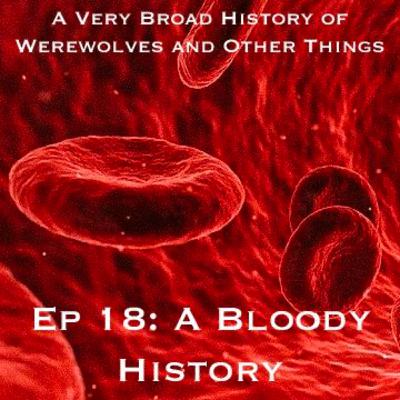
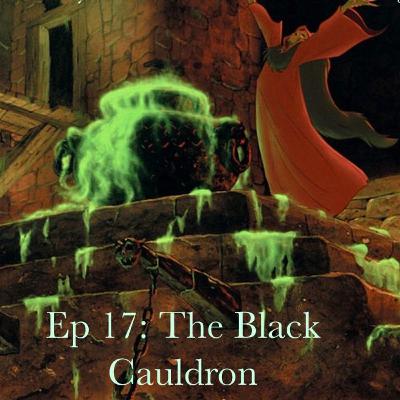

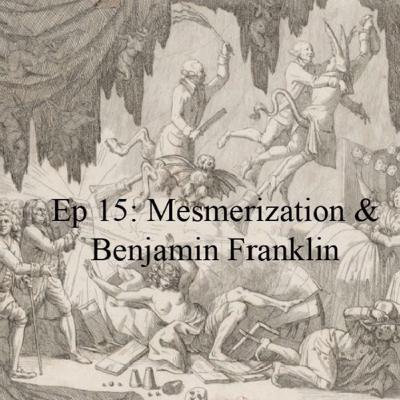
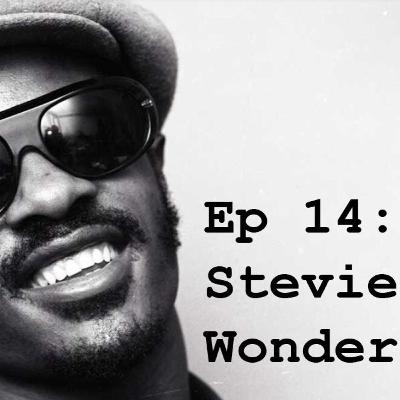


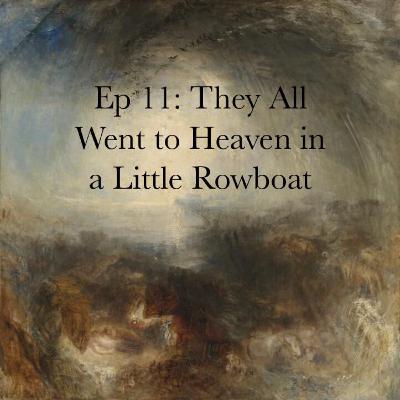
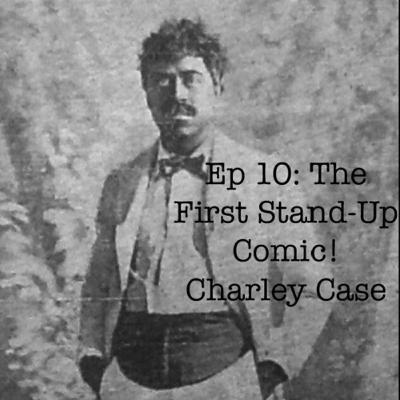
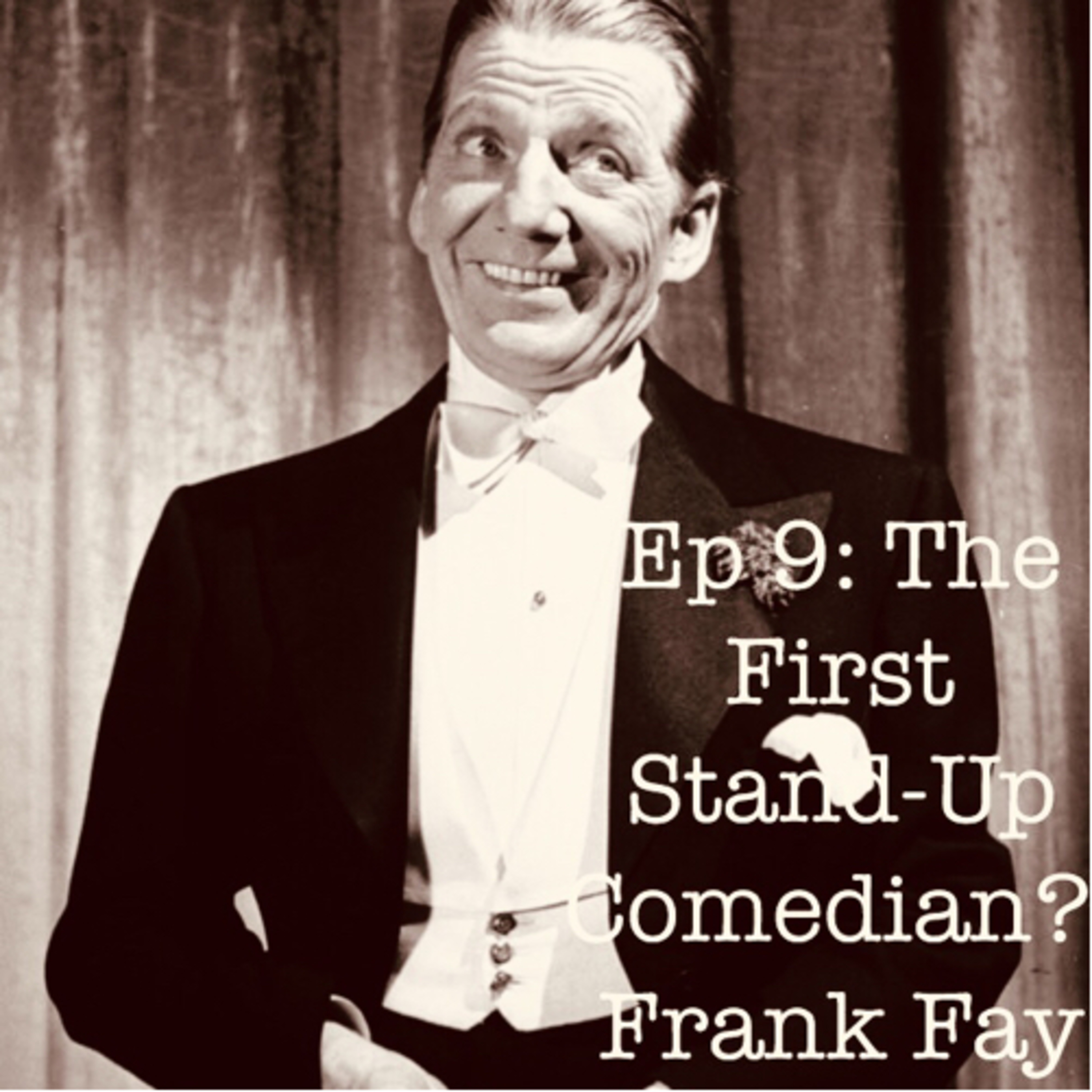

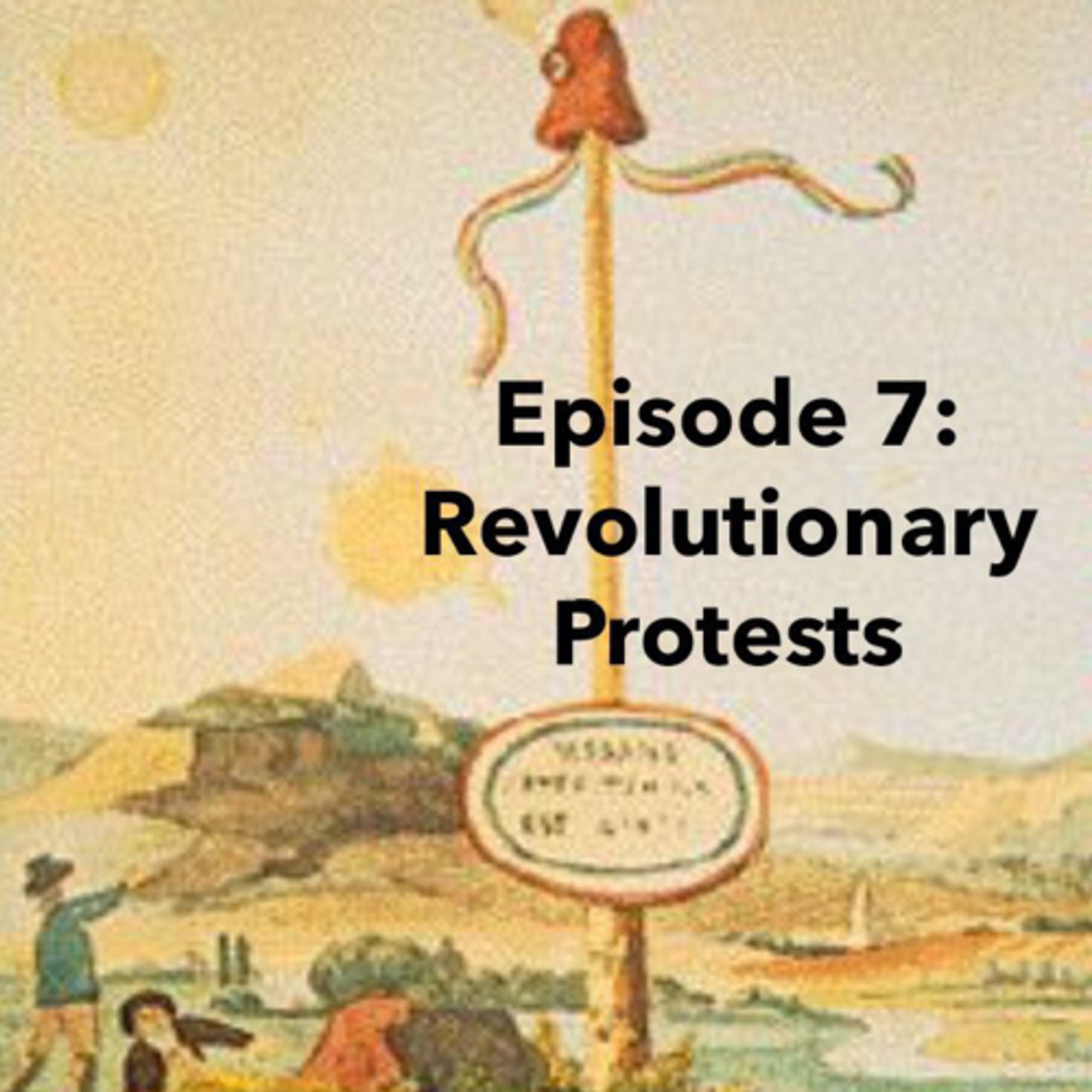
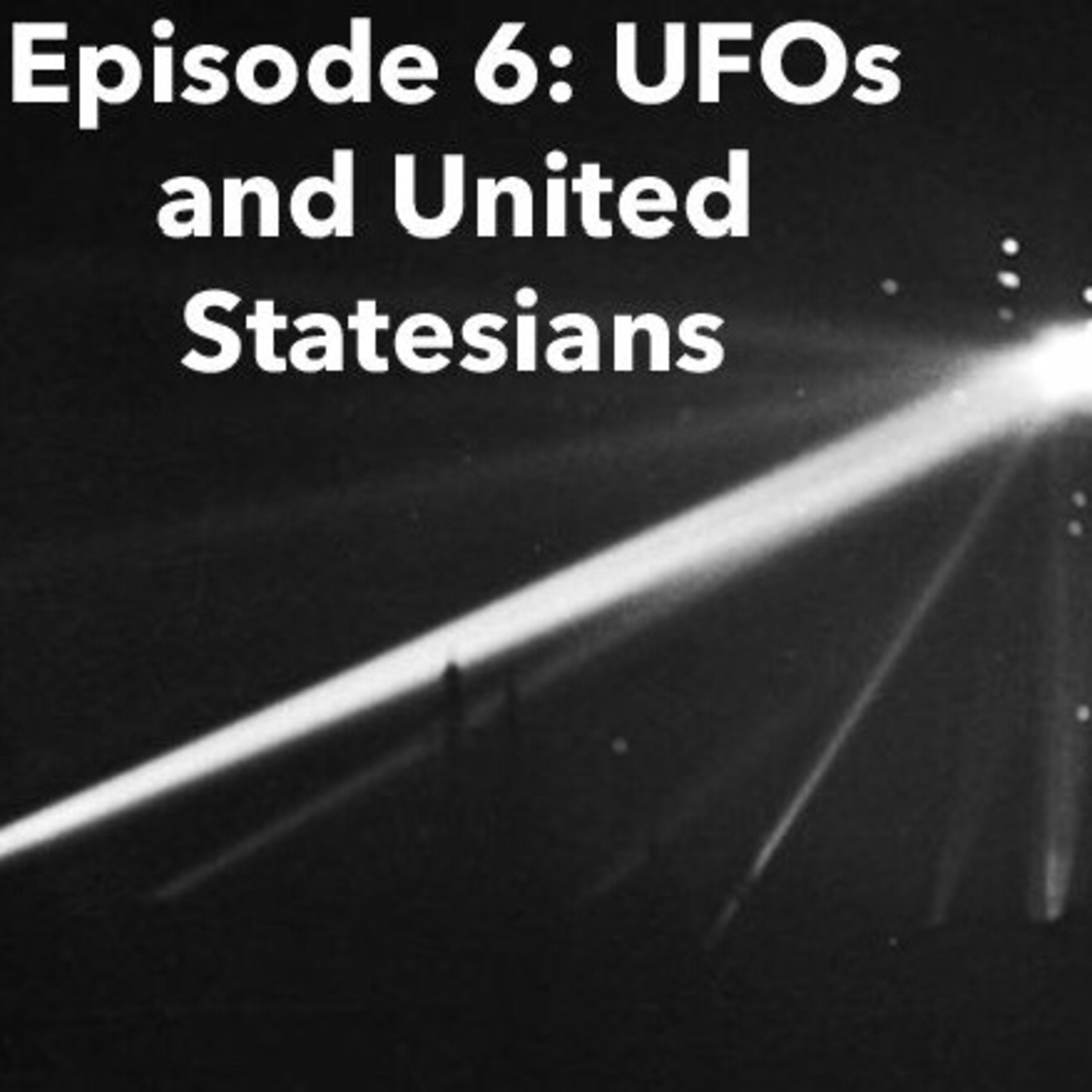
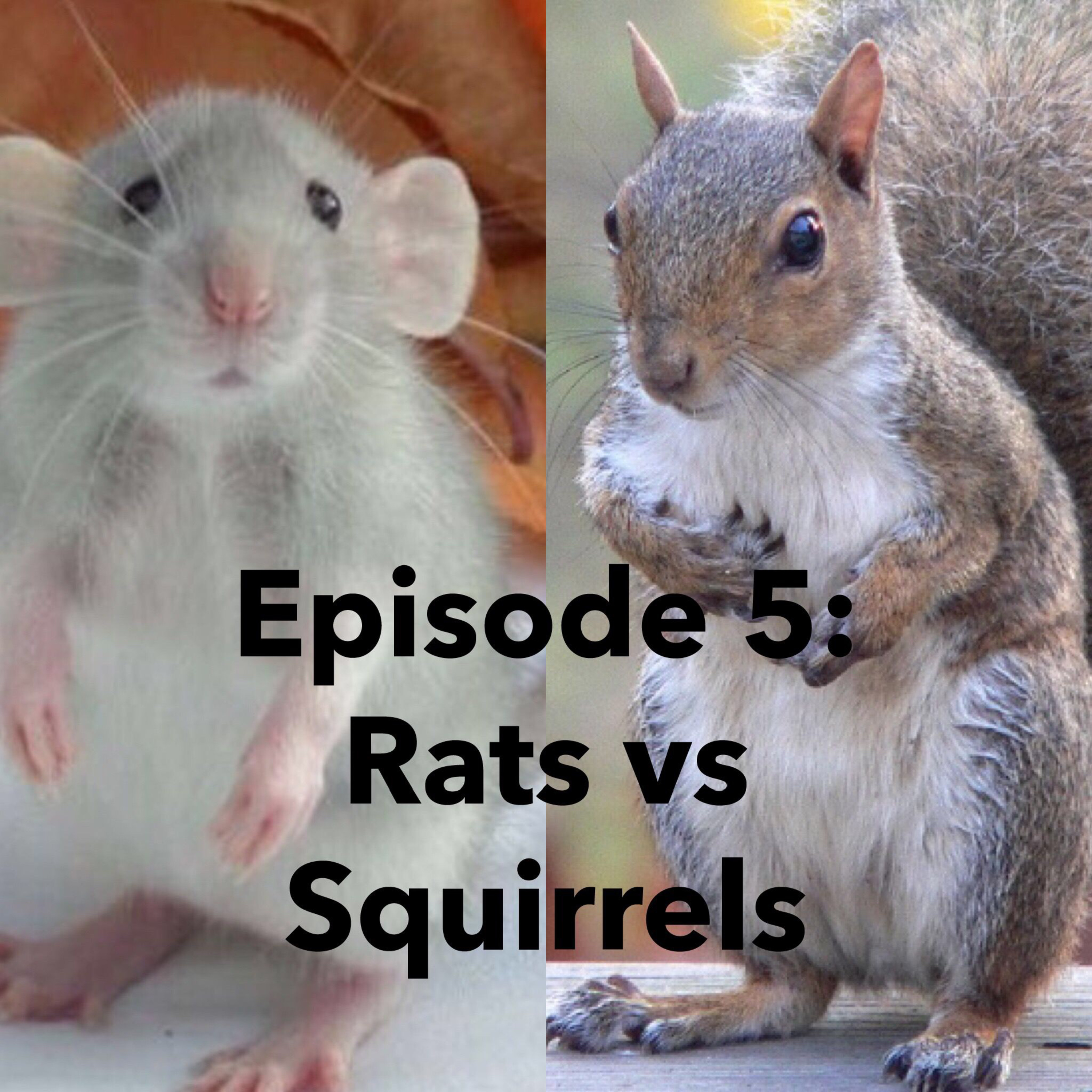
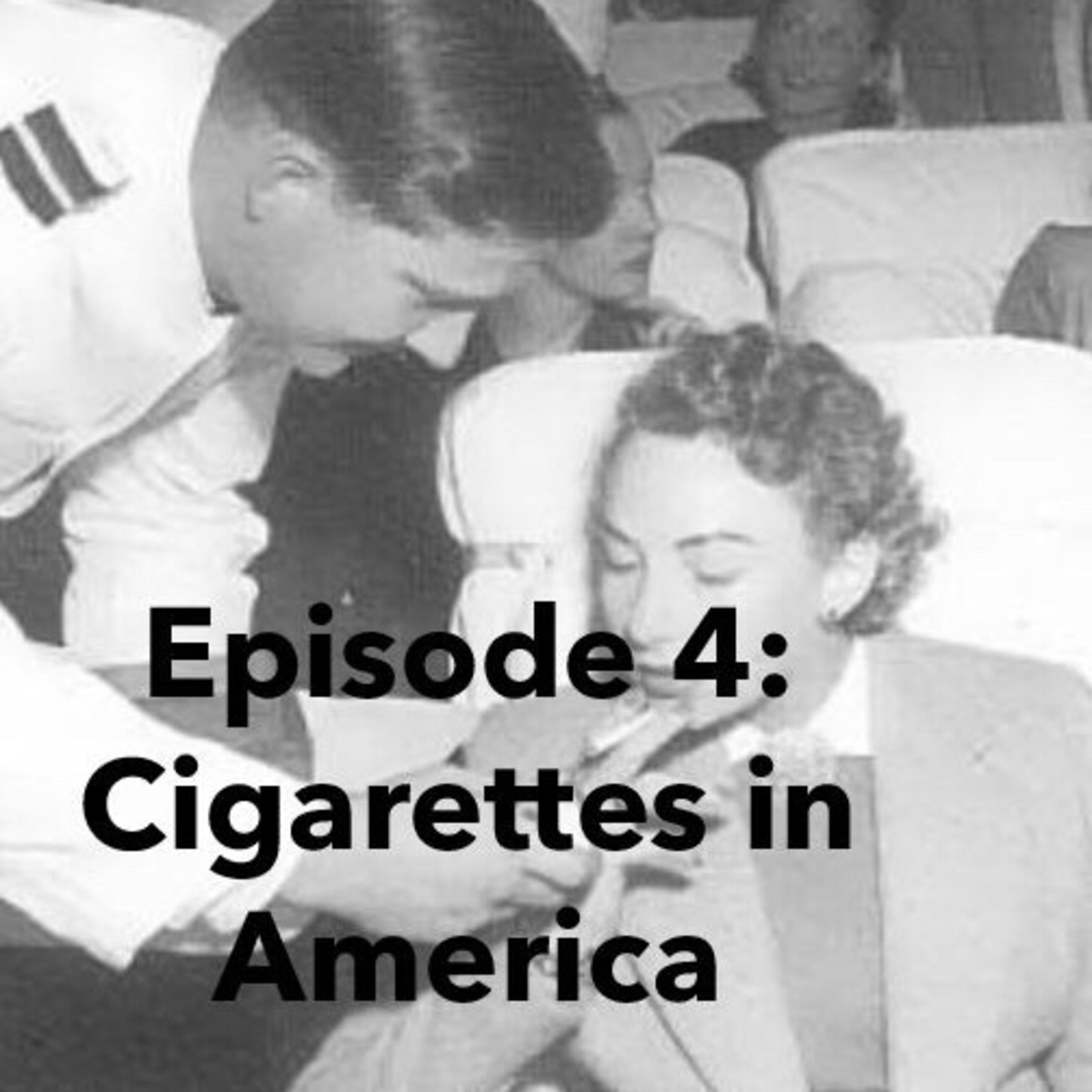

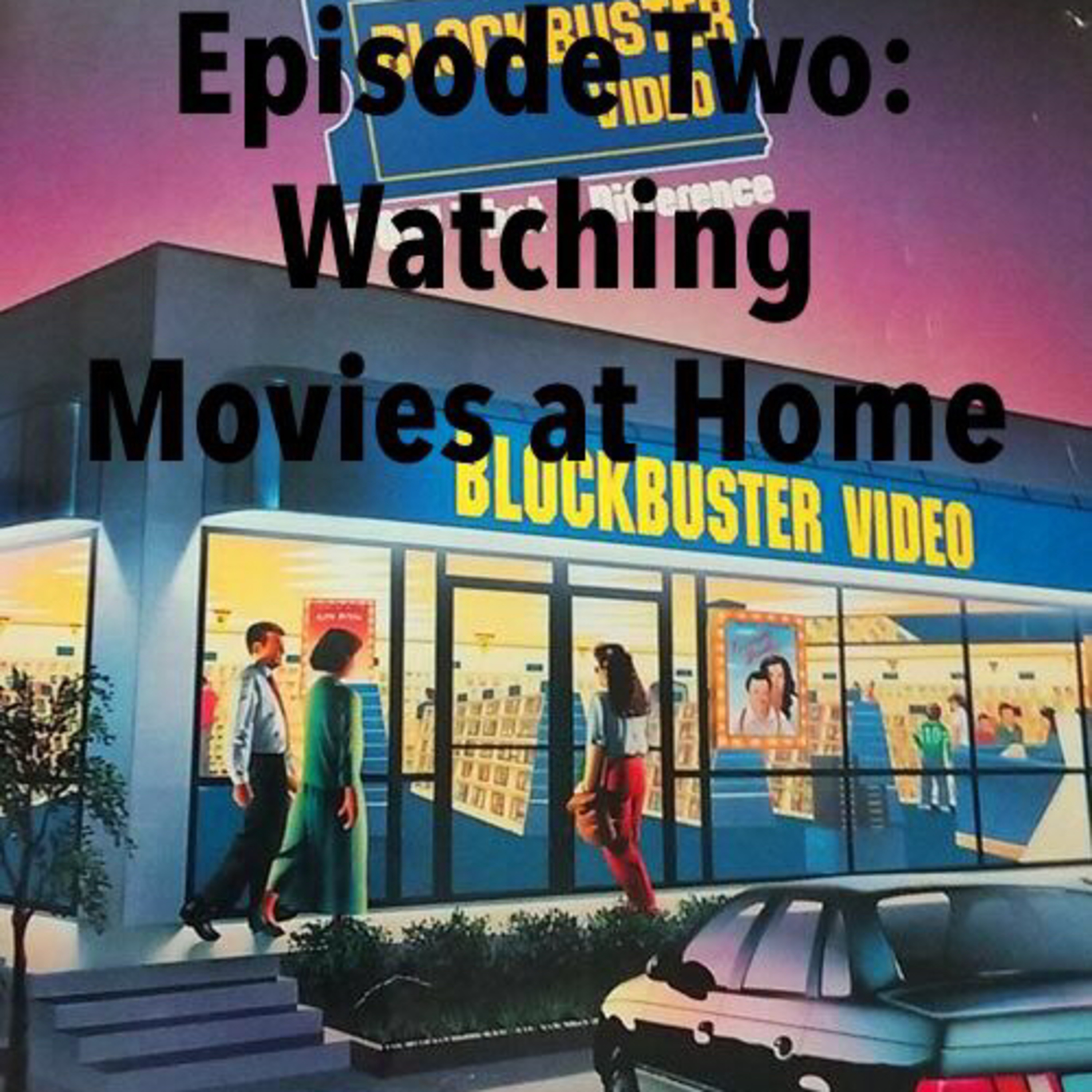
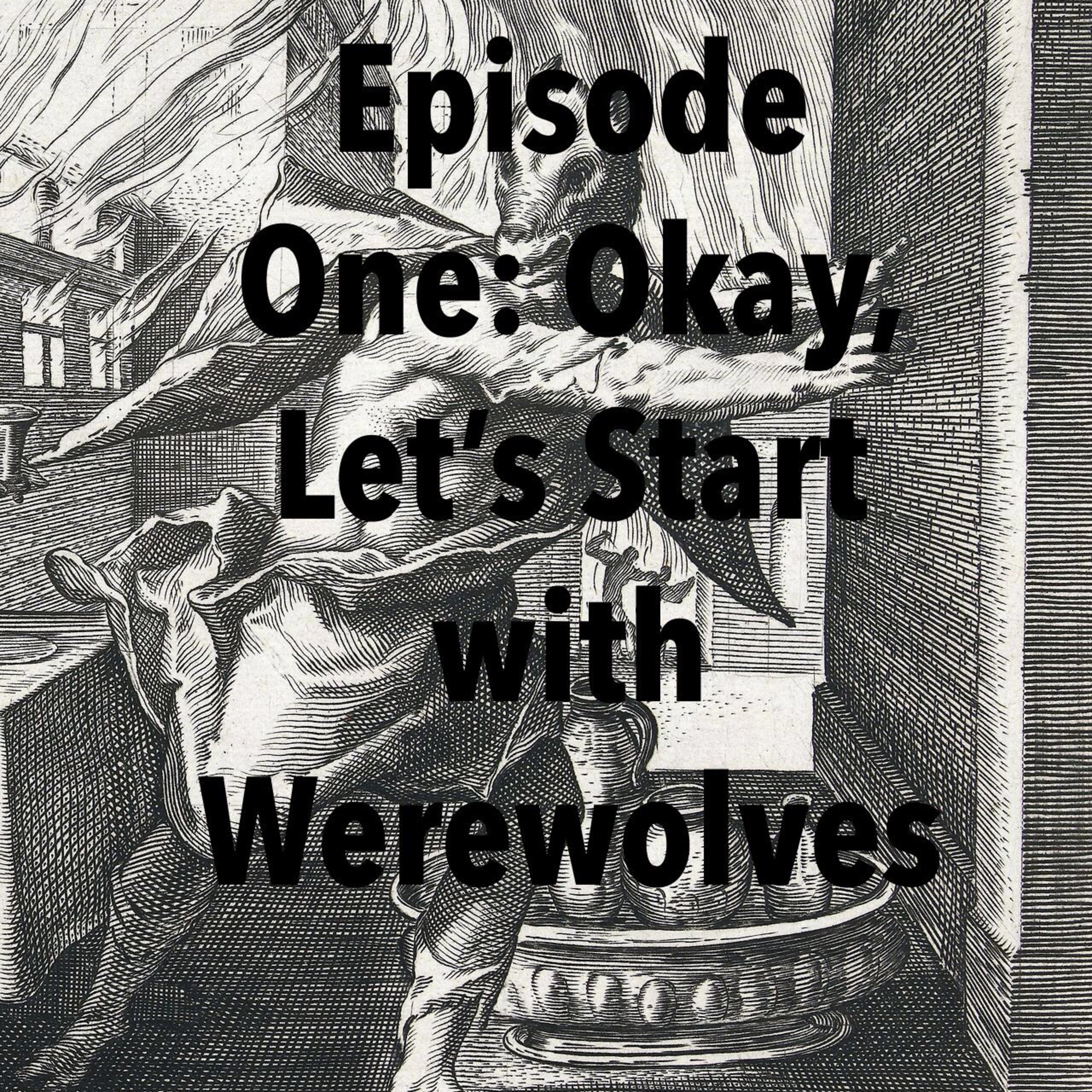



I've been listening to Travis tell me about the history of bands, movies, and a buncha other topics since 6th grade. He's the main reason why, to this day, I LOVE discovering new bands and learning the history behind them that made them into the artists they are. After listening to his podcast I can definitely say he's only gotten better. If you like history in general, you should give this show a try
Good start, would've liked to see more irreverence and jokes.